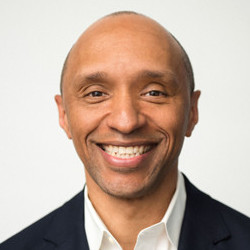
By SUHANA MISHRA
Residing in the often overlooked San Joaquin Valley, I’ve personally felt the impact of the shortage of primary care physicians. My family struggled to access basic medical attention for common illnesses like the flu. Getting local doctor appointments wasn’t just difficult—it often meant resorting to urgent care or driving long distances for simple treatments. Non-emergency issues that could have been resolved with accessible primary care instead overwhelmed urgent care centers, which often had long wait times and suboptimal conditions. These firsthand experiences revealed just how critical primary care access is for our community. They also sparked my passion for change. Leading a HOSA community service campaign on California’s physician shortage gave me a clearer view of the systemic nature of the issue—and fueled my determination to seek long-term solutions.
California, despite being a hub of innovation, faces a severe and growing deficit in primary care access. Nowhere is this more apparent than in regions like the San Joaquin Valley. Long travel distances, physician burnout, and systemic neglect manifest in community-wide health decline. A UCSF study reported that only two regions in California meet the federally recommended threshold of 60–80 primary care physicians per 100,000 residents. The San Joaquin Valley, predictably, falls far below this benchmark.
While programs like the Steven M. Thompson Physician Corps Loan Repayment Program attempt to incentivize doctors to practice in underserved areas, the impact is limited. According to CapRadio, a third of California’s doctors are over 55 and nearing retirement. CalMatters estimates that by 2030, the state will be short more than 10,000 primary care physicians. The implications are dire—not only for logistics and care delivery, but also for the long-term health outcomes of Californians.
When patients face barriers to consistent care, chronic conditions go unmanaged.
Continue reading…













